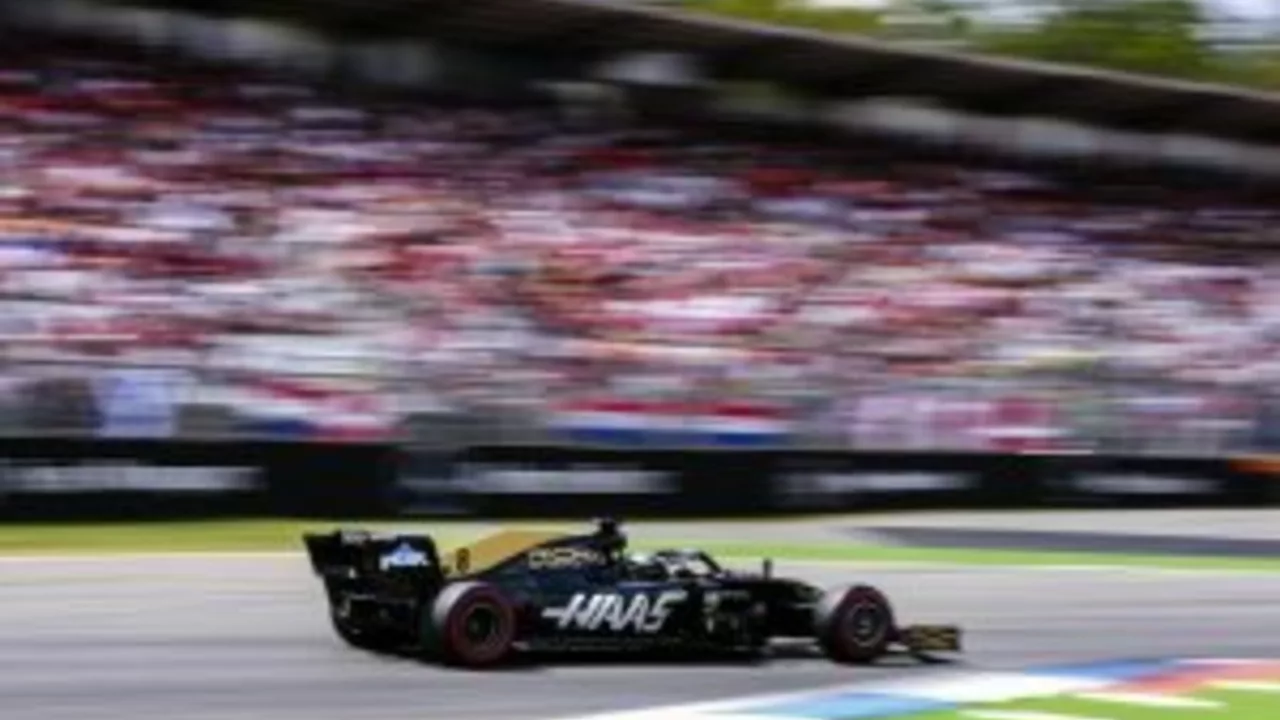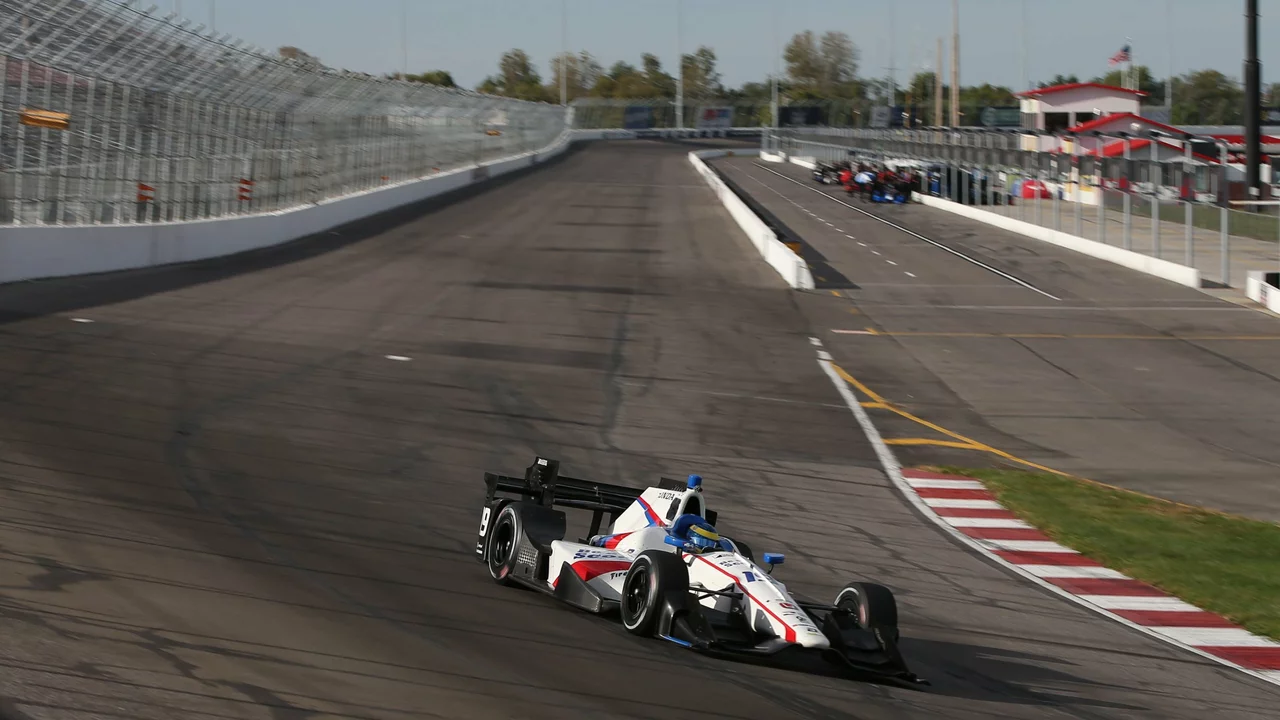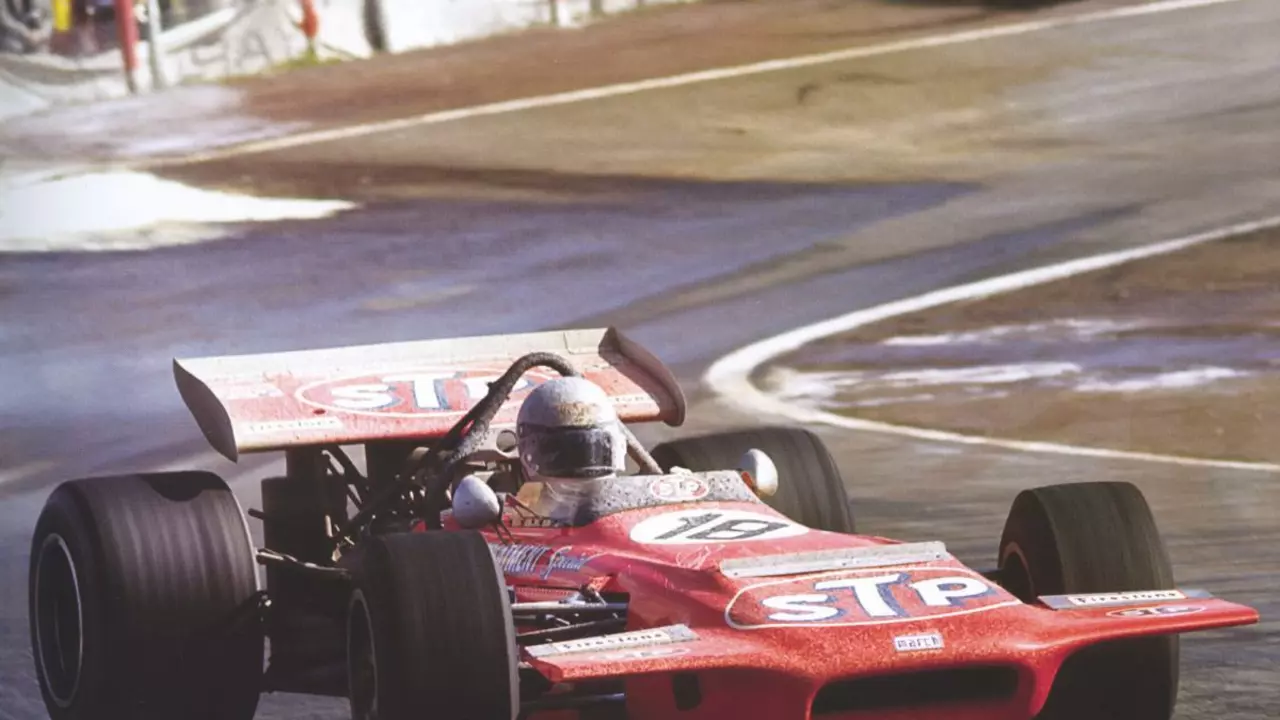July 2023 Motorsports Archive – Dive into F1, IndyCar & WWII Bikes
Welcome to the July 2023 roundup. In just a few weeks we covered why Formula 1 isn’t big in America, the gritty two‑wheel workhorses of World War II, fresh IndyCar thoughts, and a head‑to‑head look at F1 versus IndyCar on the track. Let’s break down what each post offered and why it matters to any motorsport fan.
American Fans and the F1 Gap
The first article asked a simple question: why don’t more Americans follow Formula 1? The answer boiled down to three things – culture, hometown heroes, and timing. NASCAR has been the home‑grown, apple‑pie sport for decades, so switching to a foreign series feels like swapping burgers for sushi – possible, but not instinctive. Add the fact that no major American team or driver has been a regular F1 contender, and the “home team” factor disappears. Lastly, most races air in time zones that force US viewers to stay up at odd hours, turning potential fans into midnight snorers. The piece didn’t just point out the problems; it hinted that better US media coverage and more local talent could slowly shift the balance.
War‑Time Two‑Wheels and Modern Racing Showdowns
The second post turned the clock back to World War II, highlighting motorcycles that kept messages moving and troops supplied. The German BMW R75 and Zündapp KS 750, the American Harley‑Davidson WLA and Indian 841, and Britain’s Norton 16H all proved rugged, easy to fix, and surprisingly versatile – many even carried sidecars for extra cargo. Knowing this history adds depth when you hear modern bike brands brag about durability; the DNA of those wartime machines lives on in today’s sport‑bike engineering.
Next up was a deep‑dive into IndyCar. The author shared how the series blends raw speed with precise engineering, why teamwork matters as much as driver skill, and how constant innovation keeps the competition fierce. Readers got a glimpse of race‑day strategy, tyre choices, and the way oval tracks demand a different mindset than road courses. The post reminded us that IndyCar isn’t just “American open‑wheel racing”; it’s a high‑tech arena where split‑second decisions dictate podium spots.
Finally, the archive closed with a fun “what‑if” comparison: would a Formula 1 car win an IndyCar race? The answer is “not so fast.” F1 cars excel on twisty, high‑speed circuits but struggle on the ovals that dominate IndyCar’s calendar. Conversely, IndyCar’s heavier chassis can be an advantage on certain tracks, and the series’ fuel‑load rules level the playing field. The piece broke down key differences – aerodynamics, tyre sizes, and rulebooks – and showed why each series shines in its own environment.
In summary, July 2023 gave fans a blend of cultural insight, historic appreciation, technical breakdown, and speculative fun. Whether you’re curious about why F1 isn’t a US staple, want to honor the motorcycles that helped win a world war, or love debating which car would dominate on a given track, this archive has something for you. Keep checking back for more easy‑to‑read, hands‑on commentary on the sport you love.
Well folks, buckle up because we're about to dive into why Formula 1 isn't the apple of more American eyes. First off, it's like asking a burger lover to suddenly switch to sushi - it's a cultural thing, baby! NASCAR has been the homegrown, apple pie of motor sports here. Secondly, the lack of American teams and drivers in Formula 1 means we're missing out on the 'home team' cheer. Lastly, with races in far-flung time zones, it's like asking us to wake up for Christmas at 3 AM - fun, but boy it's tough!
During World War II, motorcycles played a crucial role in communication and transportation. Some of the most widely used models were the BMW R75 and Zündapp KS 750 by the Germans, the Harley-Davidson WLA and Indian 841 by the Americans, and the Norton 16H by the British. These bikes were specifically designed for rugged conditions and were often equipped with sidecars for additional cargo or personnel. They were known for their durability, reliability, and ease of repair. It's fascinating to see how these two-wheeled machines were a vital part of the war effort.
I've spent some time lately delving into the fascinating world of IndyCar racing. It's a thrilling sport, characterized by high speeds, precise engineering, and some of the most talented drivers in the world. The strategies employed by teams, the intense competition, and the sheer spectacle of races make this an incredibly engaging sport to follow. I've discovered that there's so much more to IndyCar racing than just speed — it's about teamwork, skill, and the continuous pursuit of innovation. Stay tuned for some intriguing insights into this fast-paced world.
While it might seem like an F1 car would dominate an IndyCar race due to its superior speed and technological advancements, it's not that simple. The two series have different rules, circuits, and car designs, which play a major role in the outcome. F1 cars excel in high-speed corners but may struggle on the oval tracks that IndyCar often uses. Moreover, the heavier weight of an IndyCar could prove advantageous in certain conditions. So, while an F1 car might have an edge in some aspects, it's not a clear-cut victory in an IndyCar race.



